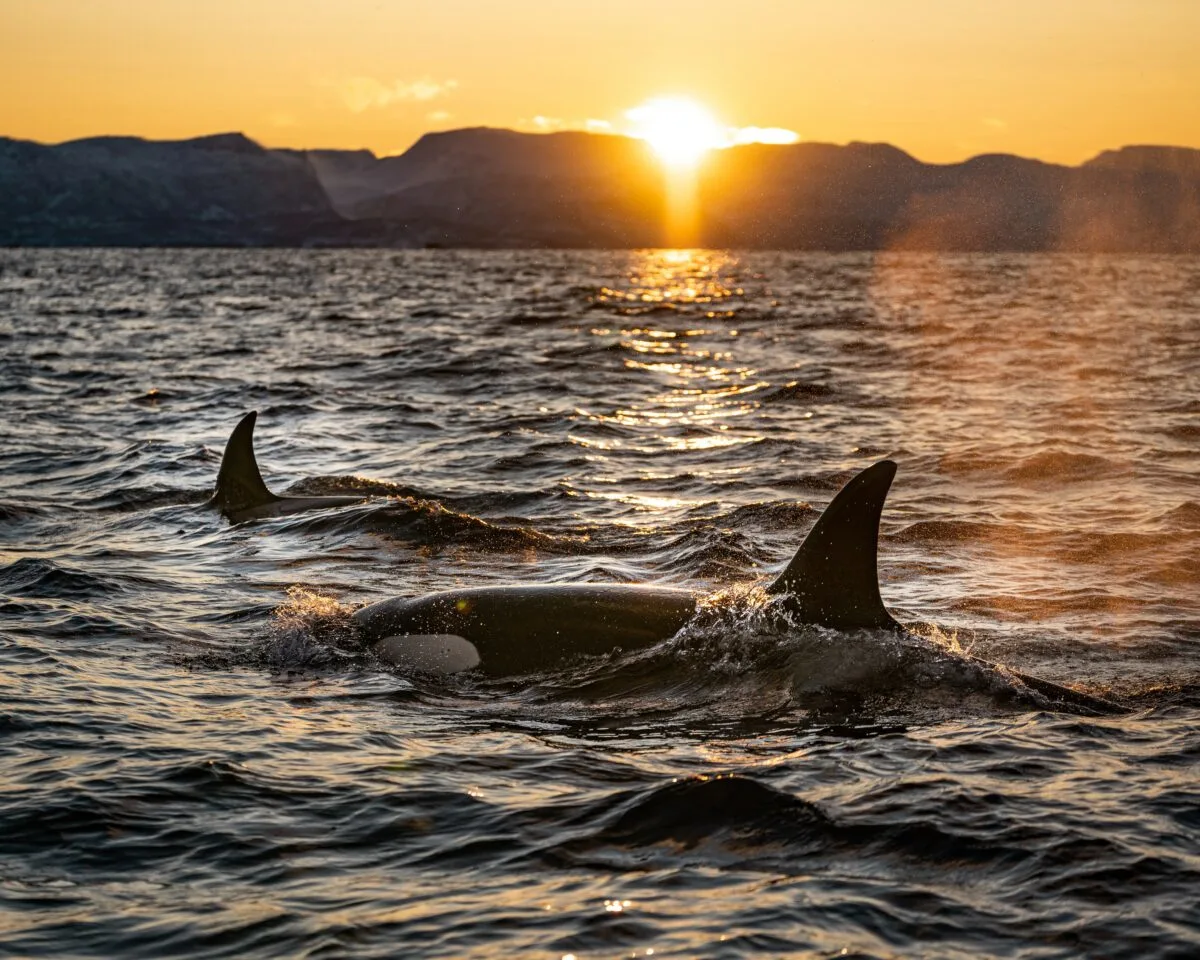This article explores the captivating story of the largest wild Orca ever recorded, the problems associated with holding orcas captive, and the importance of orcas in the marine ecosystem.
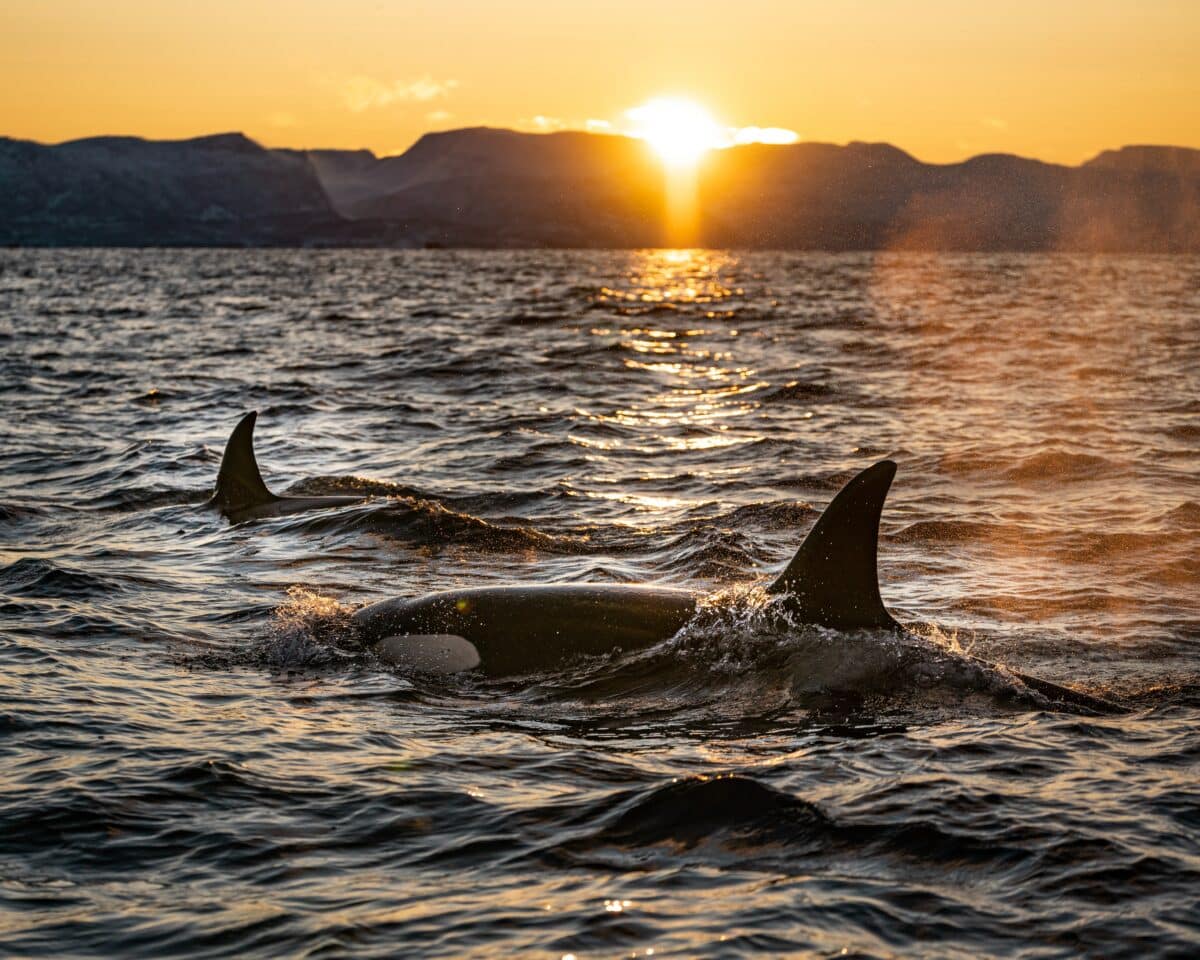
The oceans are home to some of the most magnificent creatures on Earth, and the Orca, also known as the killer whale, is undoubtedly one of the most awe-inspiring. Let’s get to know them better!
Key Points
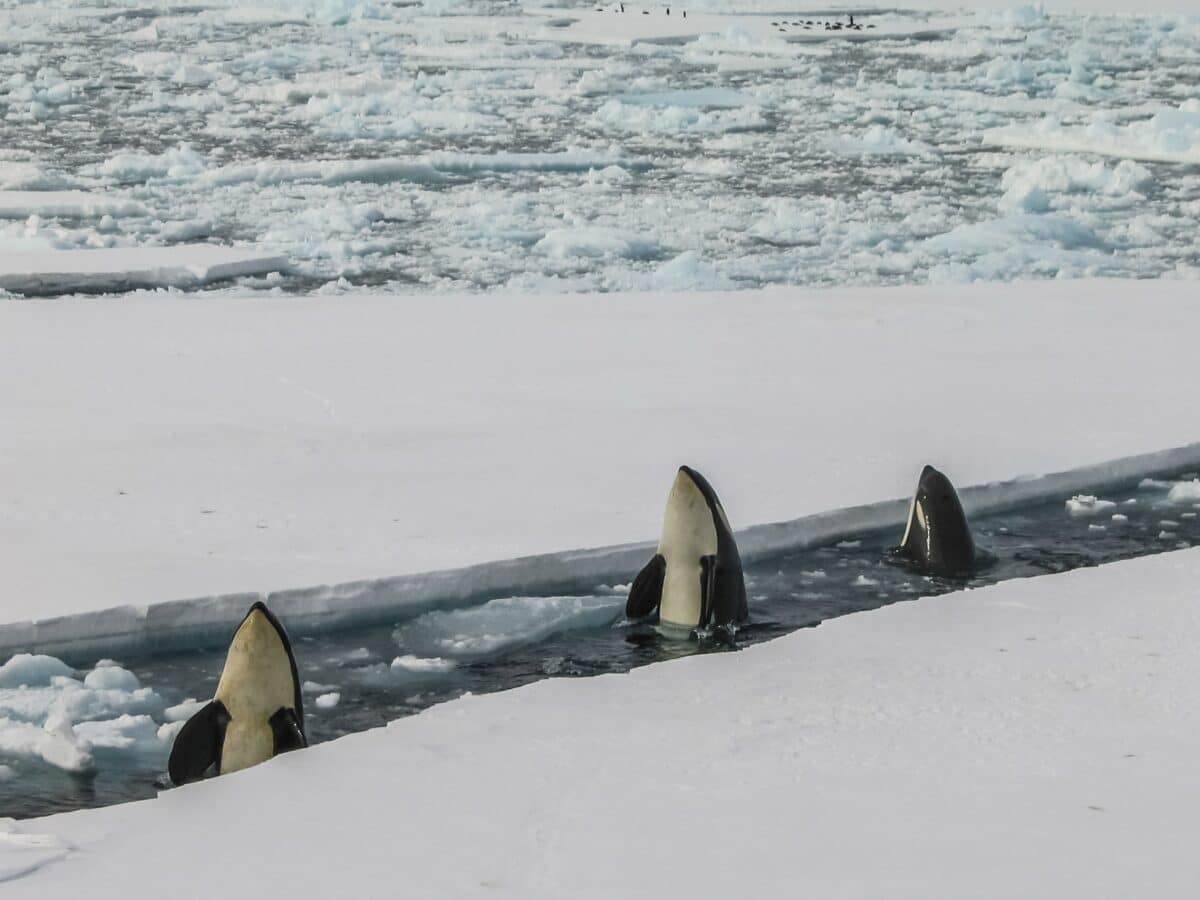
- The largest wild Orca ever recorded measured 32 feet in length and weighed around 22,000 pounds.
- Captive orcas are prone to developing health issues, suffer from mental and emotional stress, have a reduced lifespan, and raise ethical concerns.
- Corky, a captive orca, has become an important symbol for the movement to protect and conserve orcas in the wild.
- Orcas are apex predators that help regulate other marine species’ populations, play an important cultural and spiritual role in many indigenous cultures, and maintain a healthy and balanced marine ecosystem.
The Largest Wild Orca Ever Recorded
The discovery of the largest killer whale ever recorded occurred in 1959 when a male orca was stranded on a beach in Piken Island, Alaska.
Unfortunately, this impressive giant remains unnamed.
The Orca measured an impressive 32 feet (9.8 meters) in length and weighed around 22,000 pounds (10,000 kilograms), making it the largest recorded Orca on record.
The discovery of this massive Orca provided valuable insight into the biology and behavior of these magnificent creatures.
The Issue of Holding Orcas Captive
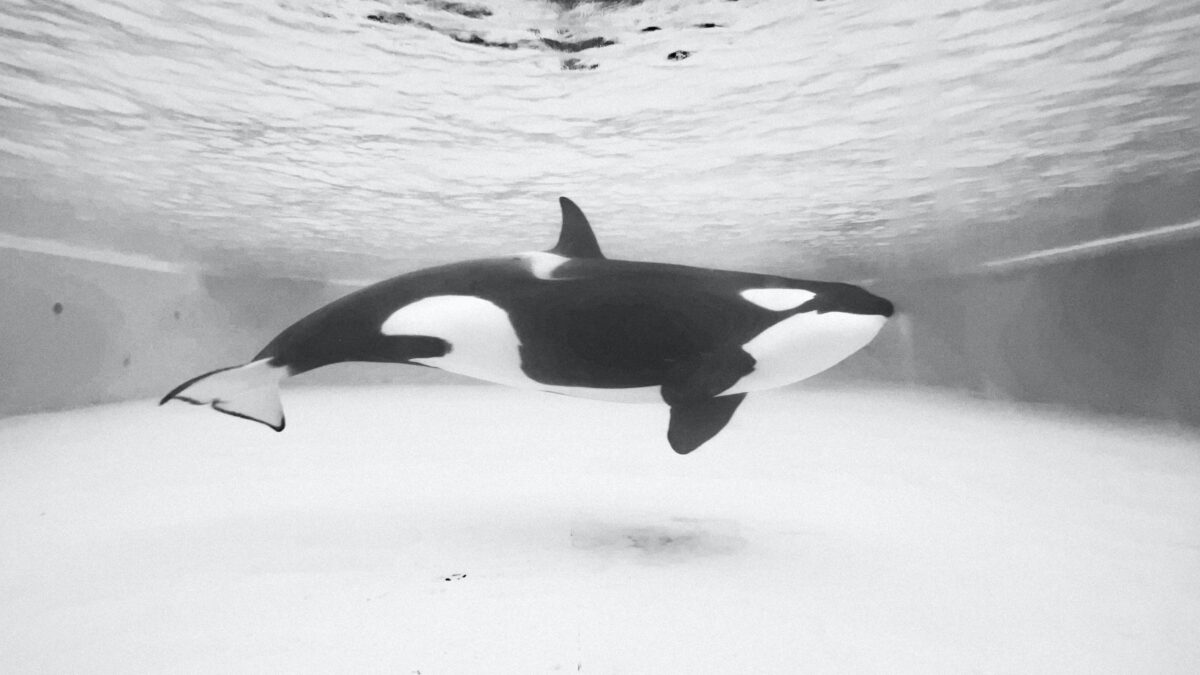
There are several problems associated with holding orcas from the wild;
- Health Issues: Captive orcas are prone to developing various health issues that do not occur in the wild. These include dental problems, skin lesions, and collapsed dorsal fins. Many captive orcas also suffer from stress-related illnesses such as gastrointestinal problems, ulcers, and infections.
- Mental and Emotional Stress: Orcas are social animals that form complex social bonds with their pod mates in the wild. In captivity, orcas are often separated from their families and forced to live in small, confined spaces. Resulting in depression, anxiety, and other mental and emotional stress.
- Reduced Lifespan: Studies have shown that captive orcas tend to have a shorter lifespan than their wild counterparts. This is partly due to the stress and health issues associated with captivity and the limited opportunities for exercise and socialization.
- Ethical Concerns: Many animal welfare organizations and activists argue that holding orcas captive for entertainment is unethical and cruel. These organizations call for an end to the capture and captivity of orcas.
In recent years, there has been a growing movement to phase out the captivity of orcas and other marine mammals. Some countries and regions have banned the practice altogether. Many theme parks and aquariums have announced plans to end their captive breeding programs and retire their orcas to sea pens or coastal sanctuaries.
Corky: The Captive Orca
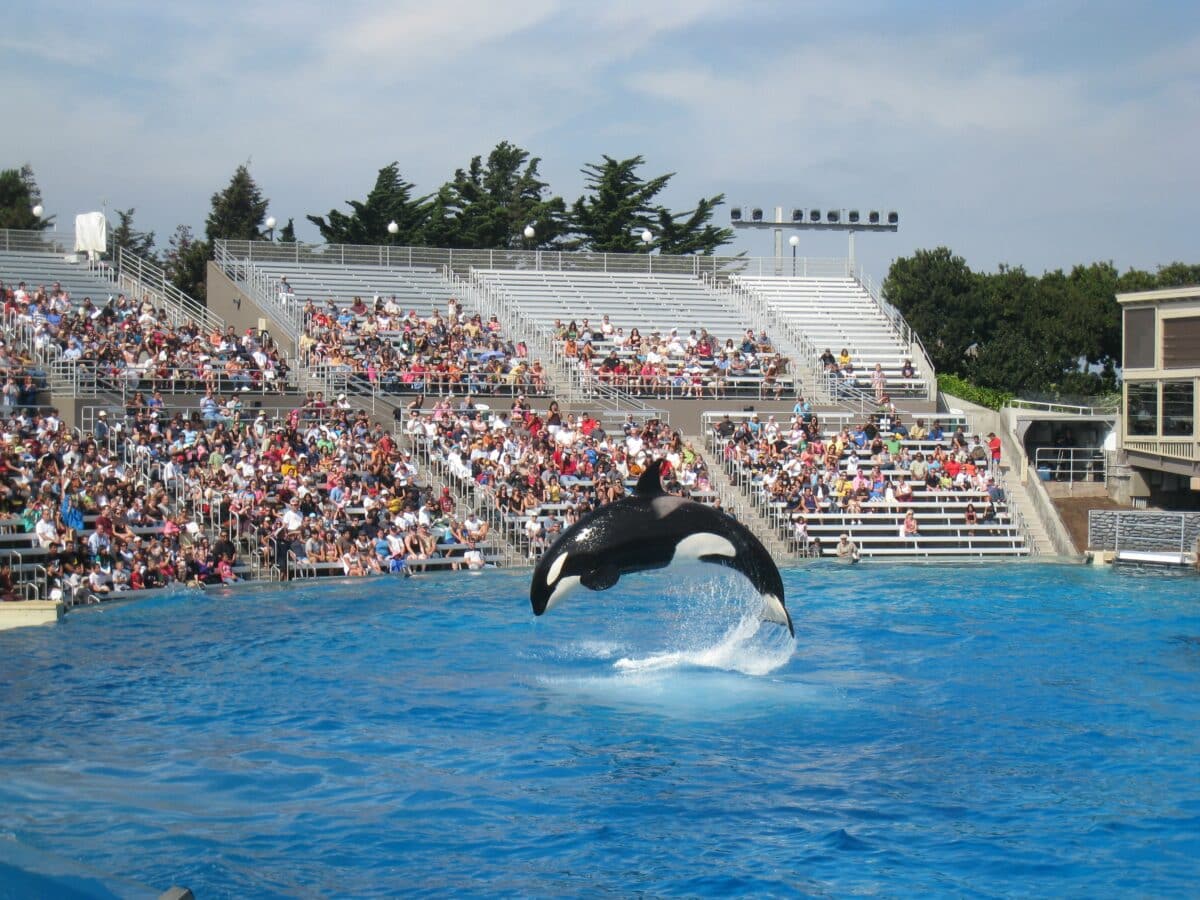
Corky is a captive orca who has been held captive for most of her life. She was born in 1969 off the coast of British Columbia and was captured later that year. Corky was sold to Marineland of the Pacific in California, where she lived until 1987.
Corky is a female who was born in 1969. She is approximately 22 feet (6.7 meters) long and weighs around 6,600 pounds (3,000 kilograms). While Corky’s size is relatively small for a female orca, it is essential to note that orcas can vary depending on gender, diet, and geographic location.
In 1987, Corky entered SeaWorld San Diego, where she continues to live in captivity. Over the years, Corky has forcefully participated in countless shows, and Corky is now primarily used for breeding purposes.
She has given birth to several calves, but unfortunately, none have survived.
In addition, Corky’s long life in captivity has likely affected her growth and overall health. As captive orcas tend to be smaller and experience health problems not seen in their wild counterparts.
Corky is now one of the oldest captive orcas in the world. Her long life in captivity has sparked a debate about the ethics of keeping these intelligent and social animals in captivity. Many activists and organizations call for an end to the imprisonment of orcas and other marine mammals, citing concerns about animal welfare, conservation, and public safety.
Despite her captivity, Corky has become an important symbol for the movement to protect and conserve orcas in the wild. Her story serves as a reminder of these magnificent creatures’ complex and emotional lives and the importance of protecting their natural habitats and way of life.
The Importance of the Orca in our Ecosystem
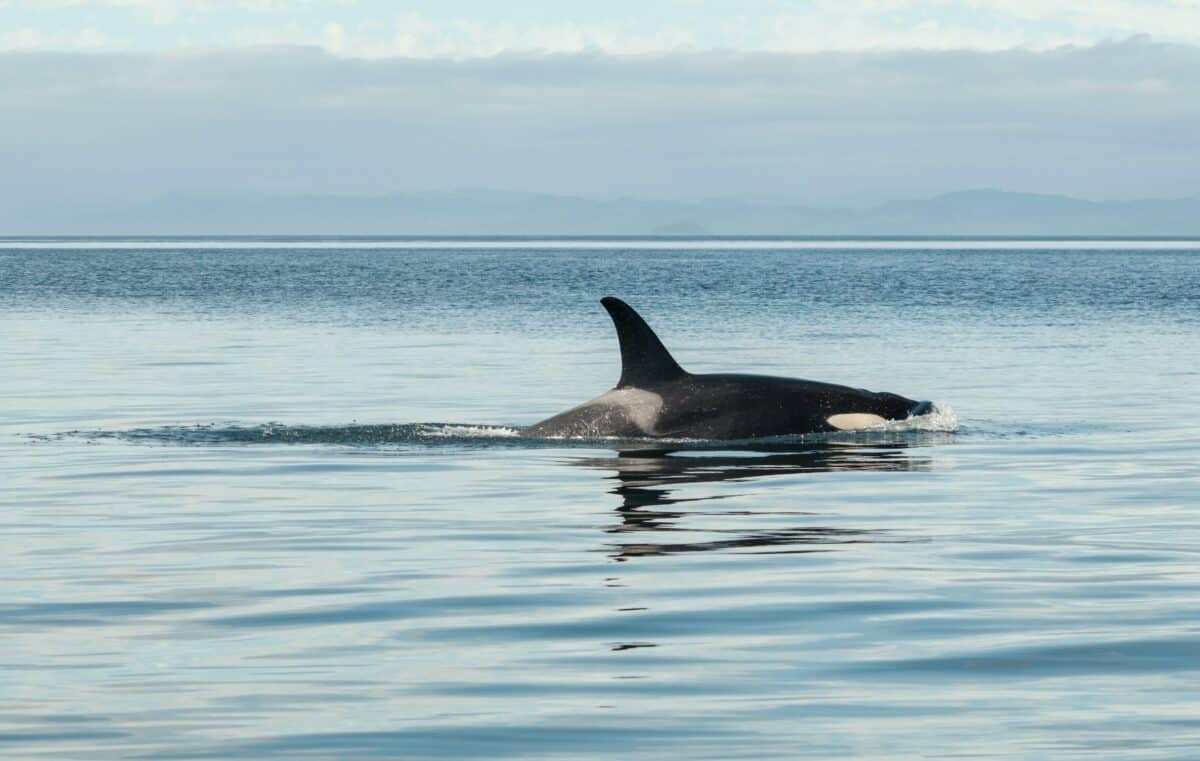
Orcas, also known as killer whales, play a vital role in the marine ecosystem. As apex predators, they are at the top of the food chain and help regulate other marine species’ populations. Orcas primarily feed on fish, squid, and marine mammals such as sea lions, seals, and other whales.
By controlling these prey species’ populations, orcas help maintain a balance in the marine food chain. In addition, their feeding behavior can also impact the structure of marine ecosystems. For example, orcas have been known to hunt in packs, using coordinated tactics to capture large prey such as gray whales. This can ripple effect on the ecosystem, altering the behavior and distribution of other species.
Orcas also play an important cultural and spiritual role in many indigenous cultures worldwide. They are symbols of strength, wisdom, and protection. In some cultures, they are revered as protectors of the sea and have a special connection to the spiritual world.
Overall, orcas are an essential part of the marine ecosystem and play a vital role in maintaining a healthy and balanced environment. Protecting their natural habitats and ensuring their survival is necessary for their well-being and the health and sustainability of the entire marine ecosystem.
The Bottomline
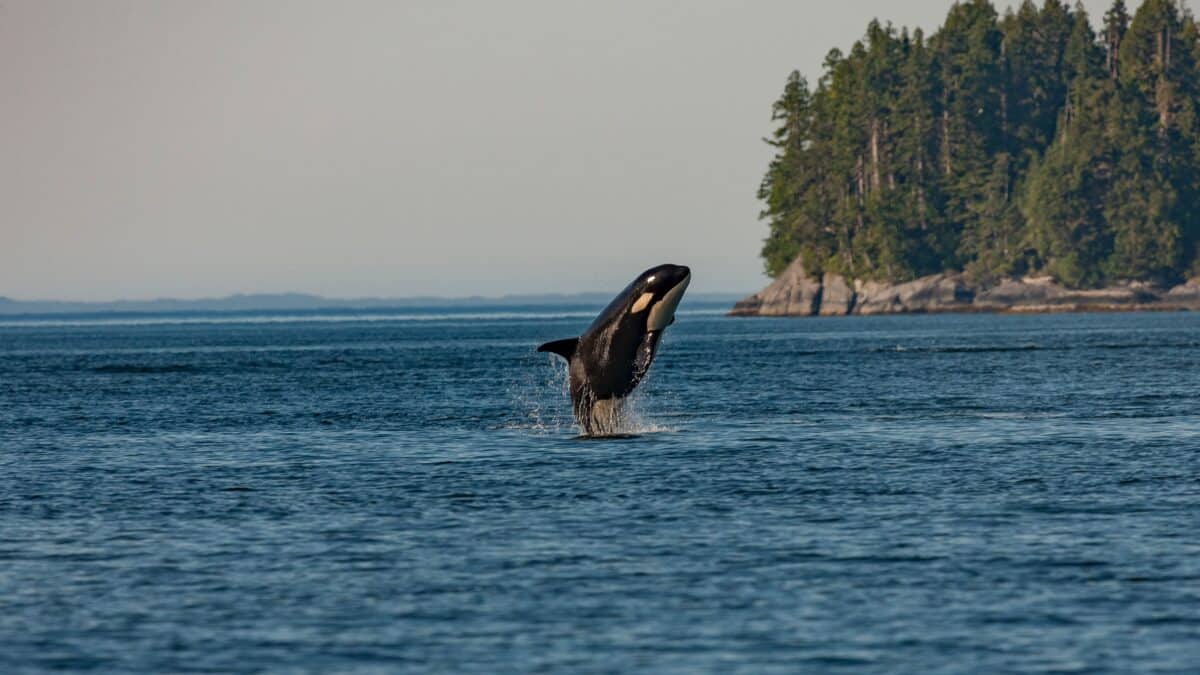
In conclusion, the story of the largest recorded wild Orca is a fascinating example of the biological wonders that inhabit our oceans.
However, the captivity of these intelligent and social animals has raised ethical concerns about their welfare and conservation.
Corky’s story highlights the importance of protecting these magnificent creatures and their natural habitats. There is a growing movement to phase out the captivity of orcas and other marine mammals.
Additionally, orcas’ vital role in the marine ecosystem as apex predators highlights the need to maintain a healthy and balanced environment.
By working to protect and conserve orcas, we can ensure the well-being of these remarkable creatures and the health and sustainability of our oceans.
Thank you for following along with this article!
Next up in the animal-news world:
- Meet Frosty: The Leucistic Orca Calf
- The Largest Whale Shark Ever Recorded – 47,000 Pounds
- The Tail of the “Man-Eater of Mfuwe”
- Mass Deaths of Dolphins in the Black Sea Linked to the Russians
- Pregnant Hammerhead Shark Washes Ashore in Alabama
- 2,000 Endangered Rhinos to the Highest Bidder
- Mom and Daughter Takes Hen and Chicks to the Store in Backpacks - April 24, 2024
- Watch: German Shepherd thinks he’s dying at the grooming salon - April 24, 2024
- Watch: Cats Meet Babies for the First Time - April 24, 2024

